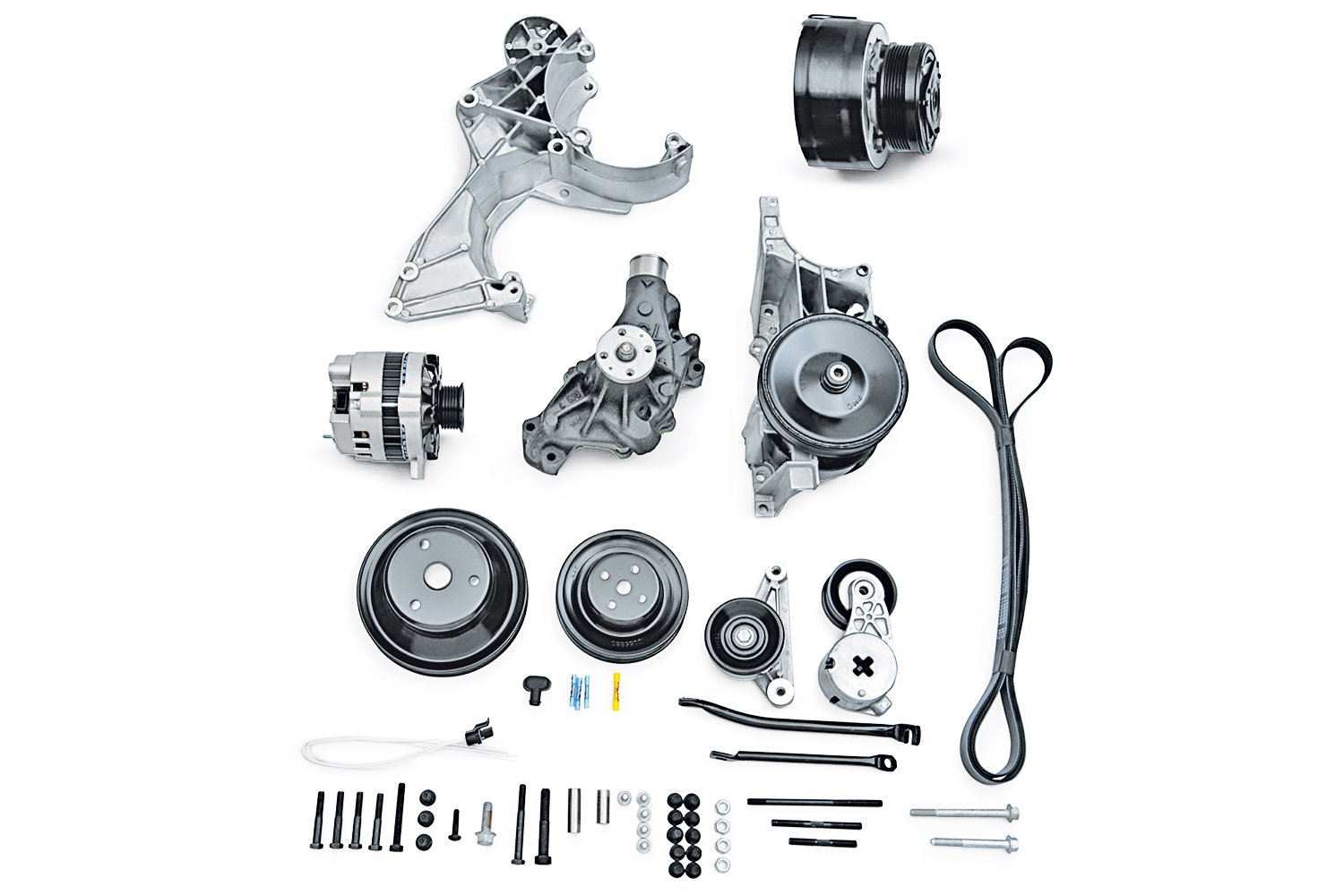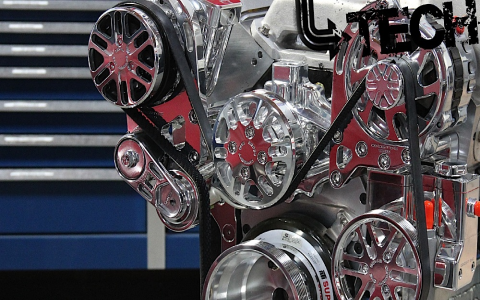Belt Configurations for the 350 Chevy Engine
The 350 Chevy engine supports both serpentine and V-belt setups, depending on the model year and accessory load. Serpentine belts use a single, multi-ribbed belt with a tensioner pulley, enhancing efficiency. V-belts rely on multiple individual belts, each serving specific accessories, common in older vehicles.
Serpentine Belt Setup
Serpentine belt systems simplify routing with one belt handling all accessories. A typical routing for a 350 Chevy includes:
- Crankshaft pulley: Acts as the drive point.
- Tensioner pulley: Maintains consistent tension automatically.
- Alternator: Provides electrical charging.
- Power steering pump: Facilitates steering assist.
- A/C compressor: Engages climate control.
- Water pump: Manages coolant flow.
The belt wraps in a serpentine path, often including an idler pulley for guidance. This setup reduces slippage and maintenance needs.

V-Belt Setup
V-belt systems employ separate V-shaped belts for key components. Common routing diagrams include:
- Alternator belt: Directly links to the crankshaft for power.
- Water pump belt: Drives coolant circulation independently.
- Power steering or A/C belt: Additional belts for auxiliary functions.
This multi-belt approach lacks an auto-tensioner, requiring manual adjustments. It is ideal for vintage 350 Chevy engines with fewer accessories.
Comparison and Key Differences
- Efficiency: Serpentine belts improve energy transfer; V-belts suffer higher friction losses.
- Maintenance: Serpentine systems need infrequent checks; V-belts require periodic tension adjustments.
- Complexity: Serpentine routing uses fewer components but includes a tensioner; V-belts have simpler per-accessory belts but higher part count.
Choose serpentine for modern reliability or V-belt for retro compatibility.
Verbal Belt Routing Guide
For serpentine: Start at crankshaft pulley, wrap clockwise over tensioner, then through alternator, power steering pump, A/C compressor, and water pump, looping back. For V-belts: Align each belt directly from crankshaft to the accessory, ensuring no overlap. Install belts dry to verify routing before tensioning. Use a belt gauge for V-belt setups to avoid slippage. Always replace worn belts to prevent engine damage.

